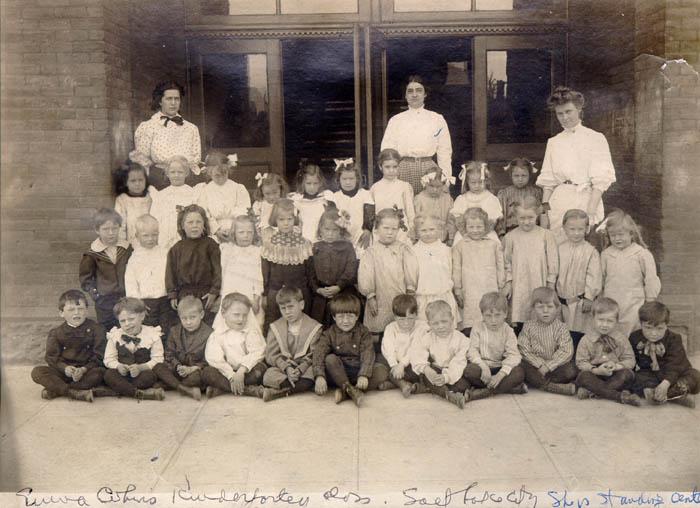Oral Histories: An Overview
Oral histories have shaped the way we record information for thousands of years, and to this day they still play a vital role in our collective history. From word of mouth passed down through generations to audio on tape recordings, oral traditions have stood the test of time and persevered as one of the most personal and culture-defining methods of understanding history. With the advent of recording technology and the now limitless possibilities of the internet, oral histories have become more widely available to a growing audience.
So what are oral histories? What is it about spoken history that resonates with us as the listeners? More specifically, how can an oral history connect someone to a community or place in a way that a textbook could never do? The University of Utah alone has a large collection of oral histories; from Jewish immigrants to Carbon County coal miners, numerous groups in the state have had the events of their lives recorded for the sake of preservation. One organization that the Marriott Library works closely with to secure these histories is the American West Center, located on campus near Officer’s Circle. The oral histories division of the library branched out from this group, and since then it has worked hand in hand with the American West Center to collect and maintain a vast collection of interviews. These interviews retell the stories of hundreds of people who ended up calling Utah home, and across these stories are several unifying themes that see to the creation of a distinct Utahn identity.
This exhibition explores the physicality of oral histories, how the Marriott Library approaches the topic, how you can access these materials through the Special Collections division of the library, and it provides examples of such histories from three distinct groups: Jewish immigrants, interned Japanese Americans at Topaz, and Carbon County miners.

